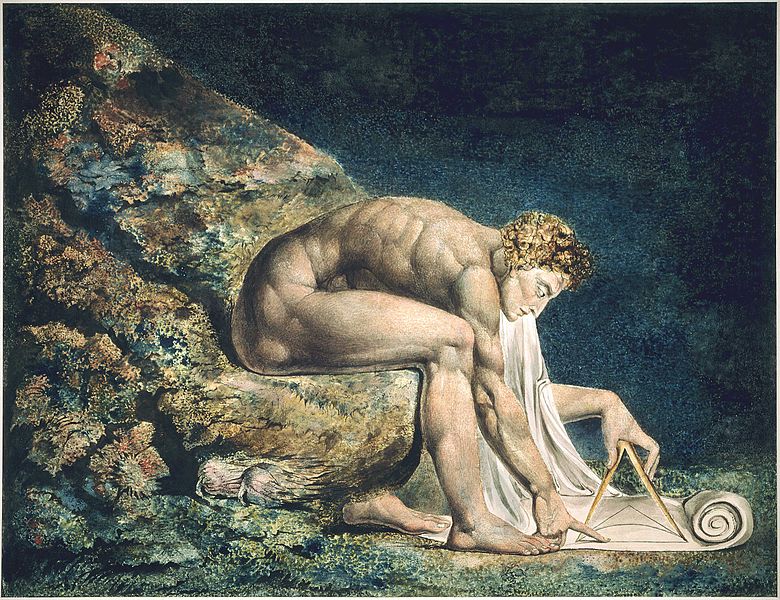I attended a talk by
biographer Richard Holmes at the Radcliffe Institute here in Cambridge yesterday (5/22/2013):
The Scientist Within: Scientific Biography and The Creative Moment. I had read his book,
The Age of Wonder: How the Romantic Generation Discovered the Beauty and Terror of Science which I found fascinating. I've found attending talks by authors of favorite books to be highly uneven, sometimes they are great and sometimes they are very disappointing. Sometimes the author is just how you pictured them, sometimes they are not all what you expected. In this case, happily, I was smiling appreciatively throughout his talk.
In one gem from the talk, Holmes read a passage from
Byron's
Don Juan, Canto the tenth:
When Newton saw an apple fall, he found
In that slight startle from his contemplation --
'T is said (for I'll not answer above ground
For any sage's creed or calculation) --
A mode of proving that the earth turn'd round
In a most natural whirl, called "gravitation;"
And this is the sole mortal who could grapple,
Since Adam, with a fall or with an apple.
In contrast,
William Blake found Newton's work deeply offensive. I had of course seen reproductions of the Blake monotype many times and had always thought of it as a rather heroic depiction, until Holmes pointed out Blake's actual opinion of Newton. He showed a slide of Blake's image along with a photo of the Eduardo Paolozzi bronze at the British museum.





No comments:
Post a Comment